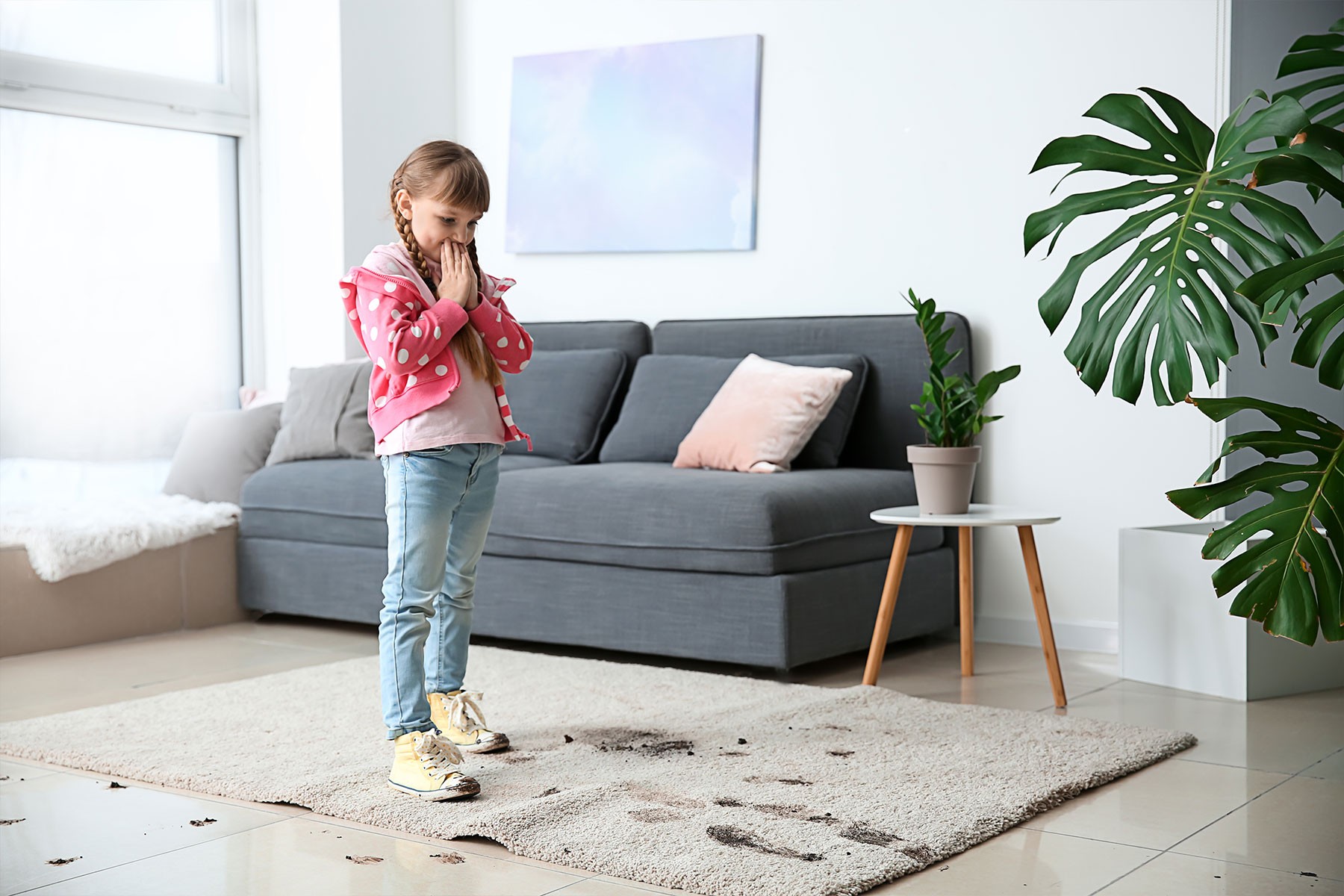Most stick vacuums have dual motors - one in the main body and one in the cleaning head. In this blog, we'll look at how to measure the cleaning performance of stick vacuums, and what you’ll need to look out.
The Anatomy of Stick Vacuums
Stick vacuums consist of a main body, which houses the motor and dust collection system, and a cleaning head that usually contains a brush-roll. The design and configuration of these components, particularly the cleaning head motor, can greatly influence the vacuum's cleaning performance.
Single Motor Stick Vacuums
There are not too many single motor stick vacuums in the market anymore. In these models, a single motor is responsible for both suction and powering the cleaning head brush-roll (if present). The motor's wattage determines the vacuum's overall power. However, this single motor has to divide its power between creating suction and driving the brush-roll, which can lead to compromises in performance. High wattage in a single motor may improve overall suction, but it doesn't necessarily ensure efficient brush-roll action, which is crucial for agitating carpets and lifting embedded dirt and hair.
Dual Motor Stick Vacuums: A Game Changer
Dual motor stick vacuums feature separate motors for suction and cleaning head/brush-roll operation. This design as can be see across the Miele range of stick vacuums, including all Duoflex and Triflex models, offers several key advantages:
Enhanced Suction Power: With one motor dedicated solely to creating suction, dual motor vacuums can maintain consistent and powerful suction. This is particularly important for picking up fine dust and debris from various surfaces.
Optimised Brush-roll Performance: The second motor in the cleaning head drives the brush-roll independently of the suction motor. This allows the brush-roll to maintain optimal speed and torque, effectively agitating carpet fibres and loosening embedded dirt, hair, and other debris.
Efficiency on Multi-Surfaces: Dual motor vacuums excel on both hard floors and carpets. The independent brush-roll motor can be adjusted or turned off entirely on hard floors, preventing the scatter of debris. On carpets, the brush-roll can operate at full capacity, ensuring deep cleaning.
Reduced Wear and Tear: By splitting the workload between two motors, dual motor vacuums can experience less wear and tear. This can lead to longer-lasting components and reduced maintenance costs.
Customisable Cleaning Modes: With its innovative, state-of-the-art technology, the intelligent MultiFloor electrobrush in the Miele stick vacuums automatically detects the type of flooring and adjusts the speed of the roller brush accordingly – for efficient suction power and the best cleaning results wherever you are.
Comparing Wattage: Why More Isn't Always Better
It's a common misconception that higher wattage always equates to better cleaning performance. In reality, wattage measures the electrical power consumed by the vacuum, not necessarily the cleaning power delivered. Some stick vacuums with reported high wattage may not have as much power driving the brush-roll in the cleaner head motor as they have in the suction function of the main motor. As a result, they may not always clean as effectively as a dual motor system with lower overall wattage.
It’s confusing for consumers as many brands use air watts as their performance measure as it applies to suction power. This is typically measured at the place where the suction pipe is attached to the main motor and not in the floor head, whereas for brands like Miele, it’s not about wattage, but all about cleaning performance. The Miele measure is how well the cleaning head motor picks up dust, pet hair and debris. Using this yardstick, the Duoflex range is as powerful as a conventional Miele vacuum and the Triflex HX2, is Miele’s most powerful vacuum when it comes to cleaning power.
Accessories and flexibility
Do your research and make sure you choose a model like the Miele stick vacuum range that offer a great deal of flexibility. For example, with these models, you can change the set-up to a smaller handheld unit for cleaning sofas and car upholstery. The accessories also allow you to get into tricky places like narrow crevices, under cupboards and on top of shelves. Plus Miele stick vacuums come with handy wall-mounts to give you quick access and stylish storage.
Battery Life and Power Modes
Most stick vacuums are cordless, so battery life is a crucial factor. Many models have variable power settings — from eco modes to boost or turbo modes. The more powerful the suction, the quicker the battery will drain, so it’s important to balance suction power with battery efficiency.
Miele stick vacuums often don’t need to use max power because of the excellent cleaning power of the cleaning head. This way you can extend your run time by keeping it in the lowest power mode.
When evaluating battery performance, also check how long it takes for the vacuum to charge and if the battery is detachable. Some models come with a spare battery, allowing you to swap it out and extend cleaning time without waiting for a recharge.
Airflow and Filtration
Airflow is just as important as suction when it comes to cleaning performance. Good airflow ensures that dirt is not just picked up but efficiently carried through the vacuum and deposited into the dustbin. Stick vacuums with strong airflow will do a better job of sucking up fine dust and debris rather than just pushing it around.
Equally important is the filtration system. Some stick vacuums come with HEPA filters, such as the Miele Triflex HX2 Pro, which can trap 99.97% of particles as small as 0.3 microns, including dust mites, pollen, and pet dander. This is particularly important if you or your family members suffer from allergies or asthma. A well-sealed filtration system ensures that dirt stays trapped inside the vacuum, instead of being expelled back into the air.
Weight and Manoeuvrability
One of the biggest draws of a stick vacuum is its lightweight and slim design, which makes it easy to carry around and manoeuvre in tight spaces. When judging cleaning power, also consider how easily the vacuum can glide over different surfaces and whether it’s flexible enough to reach under furniture.
Look for features like:
Swivel Steering: Makes it easier to navigate around furniture and corners.
Low Profile Design: A vacuum that can lay flat will help you reach under low furniture.
Weight: The lighter the vacuum, the easier it will be to carry up and down stairs or hold for extended periods.
In addition, Miele’s 3-in-1 Triflex design offers the flexibility to move the main body motor and dust collector from the top to the bottom, makes it feel lighter and easier to manoeuvre.
Conclusion: Choosing the Right Stick Vacuum
When choosing a stick vacuum, it's essential to consider the type of cleaning you'll be doing and the surfaces in your home. If you have a mix of carpets and hard floors, or if you frequently deal with pet hair and fine dust, a Miele stick vacuum can offer superior performance. The Triflex HX2 Pro offers a specific hard floor roller as well, and all Miele Triflex HX2 models come equipped with an effective, yet gentle brush roller that can be used on wool, fluffy or natural fibre carpets. Do check with your flooring manufacturer as some stick vacuums’ brush heads can be quite harsh on anything other than synthetic carpets.
 While stick vacuums can often come at a higher price point, the benefits in terms of cleaning efficiency, versatility, and durability generally justify the investment. However, the new Duoflex range from Miele now offers a great value proposition in this category. Remember, not all stick vacuums are created equal, and understanding the differences in how manufacturers measure cleaning performance can help you make a more informed choice for your cleaning needs.
While stick vacuums can often come at a higher price point, the benefits in terms of cleaning efficiency, versatility, and durability generally justify the investment. However, the new Duoflex range from Miele now offers a great value proposition in this category. Remember, not all stick vacuums are created equal, and understanding the differences in how manufacturers measure cleaning performance can help you make a more informed choice for your cleaning needs.
